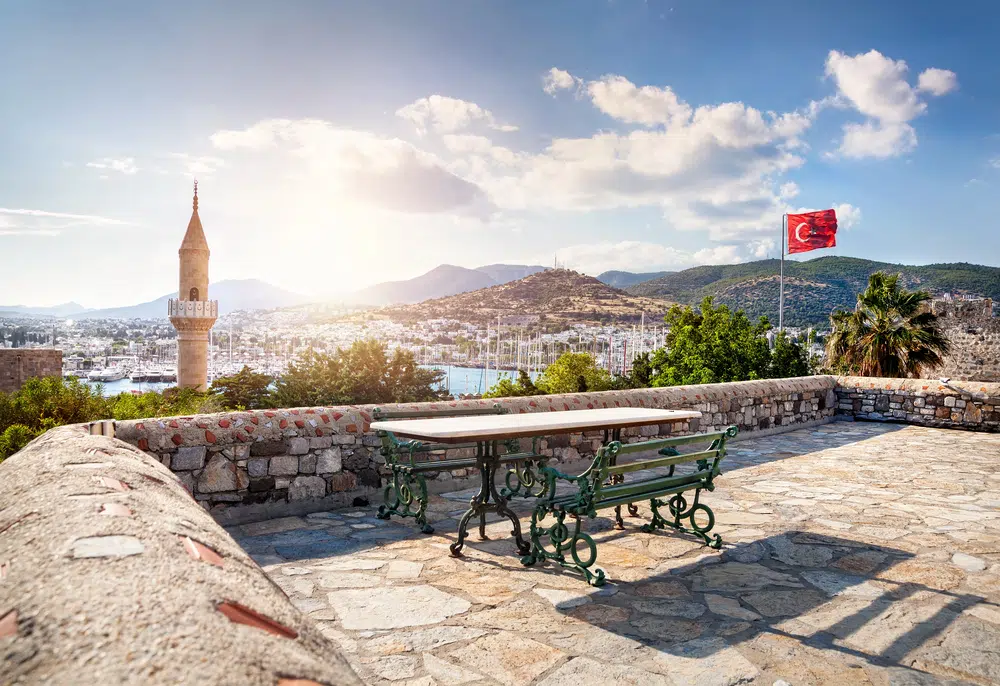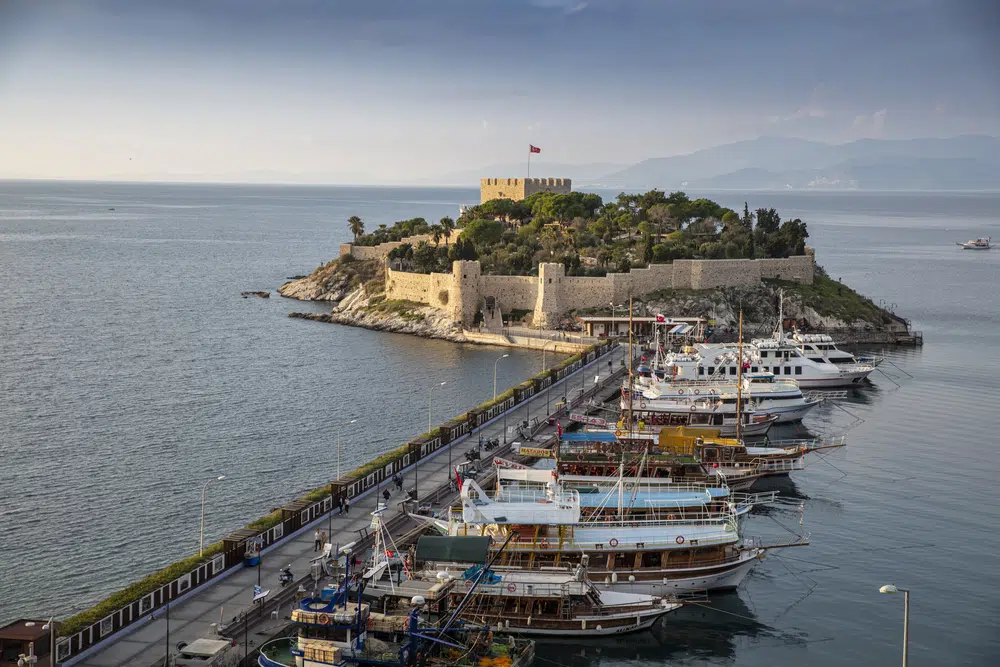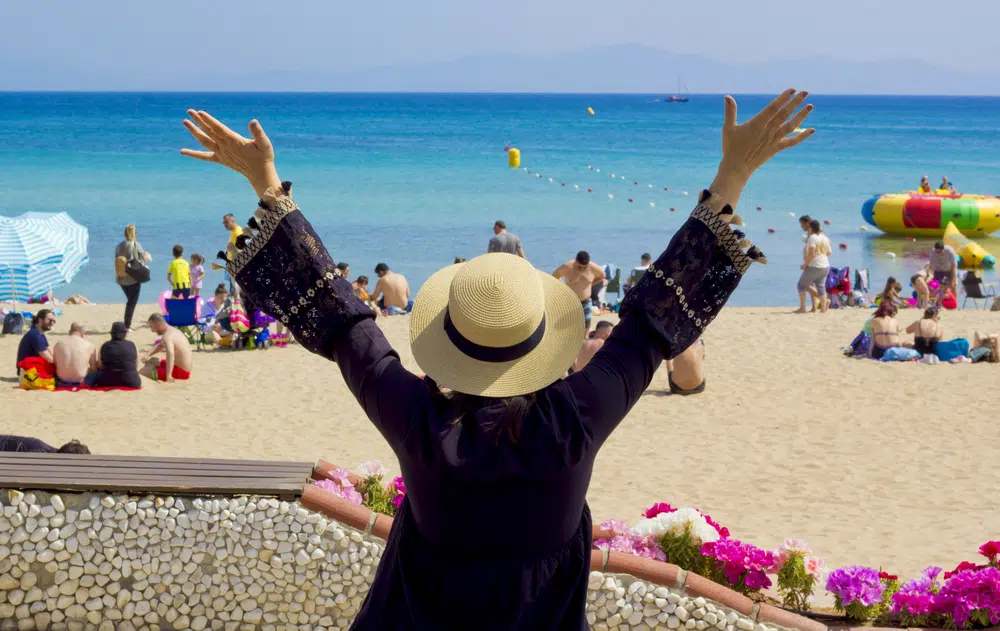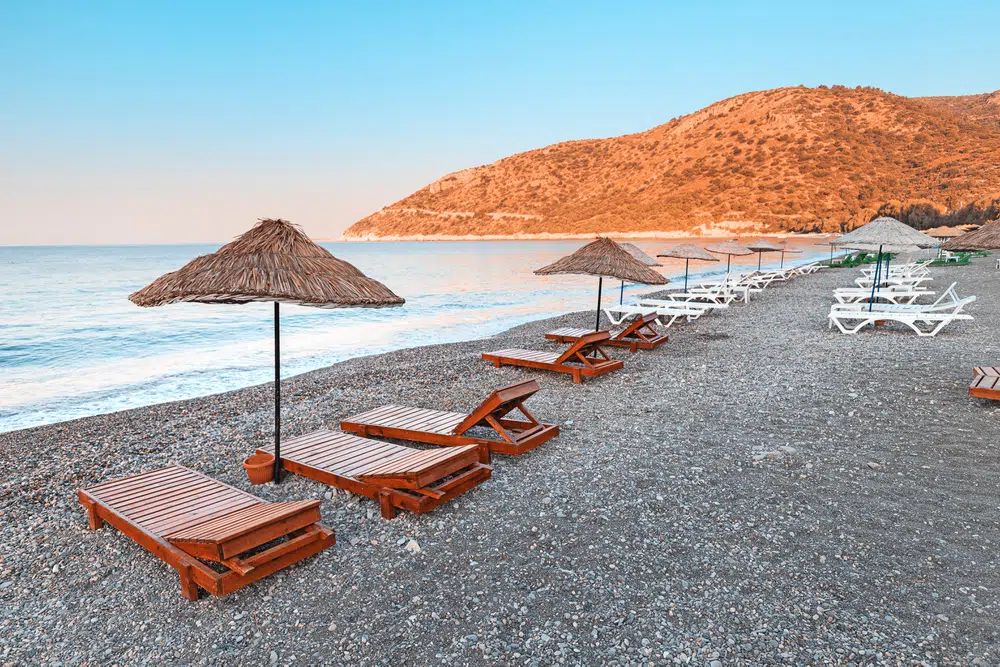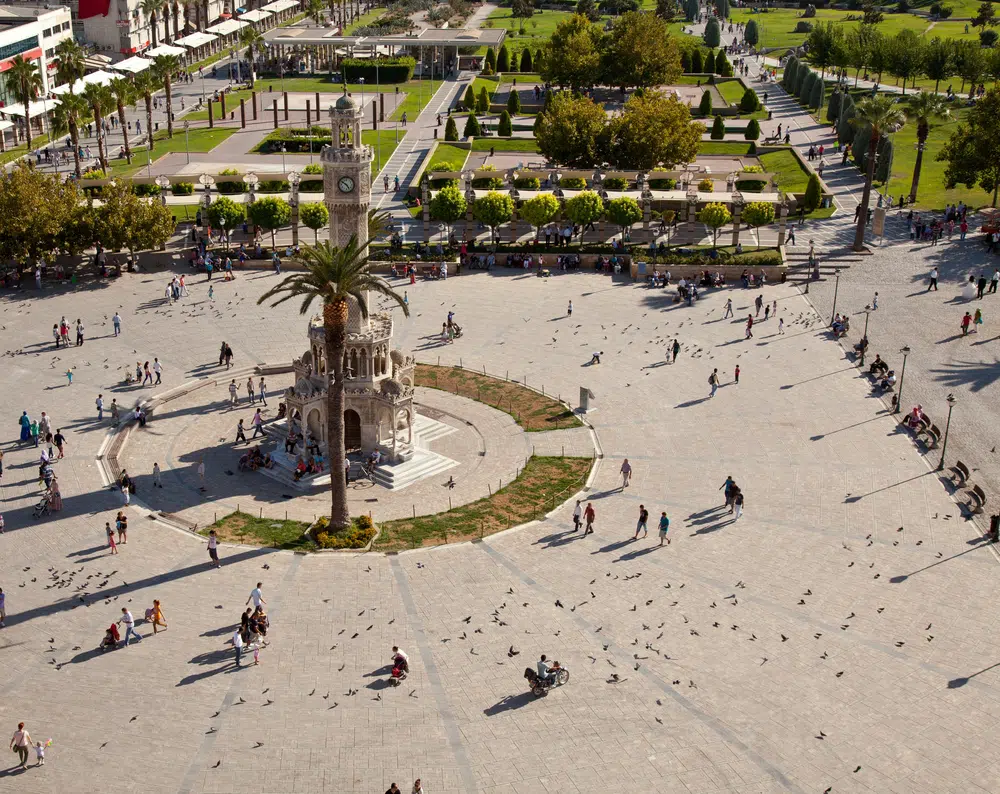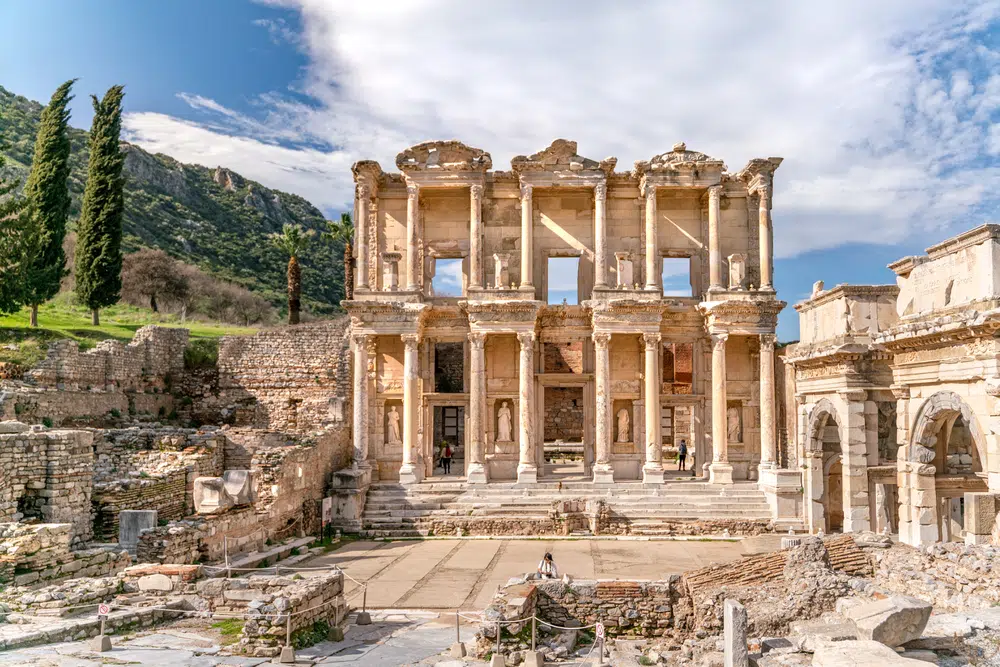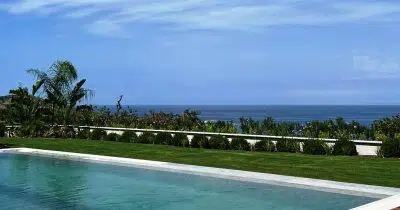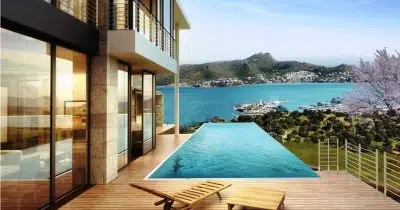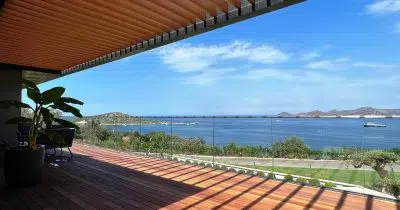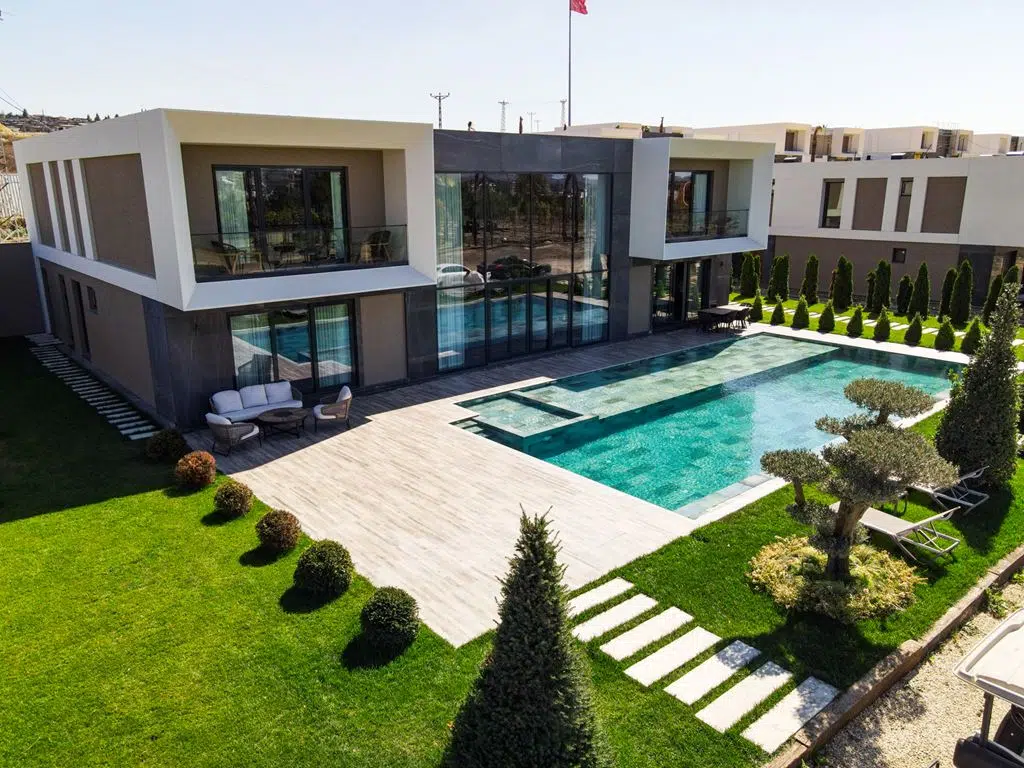With varied geographical landscapes from its Mediterranean counterpart, the Turkish Aegean coast also differs in regional cuisine, traditions, weather, climate, and places. Although not as famous as the Mediterranean, the Aegean still attracts millions of holidaymakers every year and property buyers looking for holiday homes or somewhere to retire.
During summer, restaurants and hotels make roaring trades as tourism peaks. Some people hop across to Greek islands, while others explore historical sites and ancient civilisations. Some prefer sandy beaches in seaside resorts and take day trips to major sights and popular tourist destinations. However, in winter, families enjoy downtime.
Turks and ex-pats in seaside towns ditch the shorts and t-shirts for cooler winter months. Streets are less crowded as the major airports of Bodrum and Izmir dial down their summer flight schedules. Whether you want to visit or buy property, this location offers the best. But what makes the Aegean stand out?
Guide to the Turkish Aegean Coast
Quick Facts
Location: The Turkish Aegean coast covers the western coastline and includes some inland areas. The region stretches from the northern city of Çanakkale down to the southern town of Bodrum, covering popular tourist destinations such as Izmir, Çeşme, Kuşadası, and Fethiye.
Income and Trade: The area thrives with domestic and international tourists, and locals grow many agricultural products, including olives and olive oil, grapes, figs, cotton, and tobacco. The fertile plains and mild climate are ideal for growing these crops.
Population: The region, one of Turkey’s less populated regions, remains important because of its economic and cultural contributions. İzmir, the largest city, has a population of over 4 million.
Official Provinces: Provinces, include İzmir, Aydın, Muğla, Manisa, Uşak, Kütahya, and Denizli. The two major airports are Bodrum and Izmir Adnan Menderes.
Weather and Climate: The Mediterranean climate features hot, dry summers and mild, wet winters. Coastal areas experience more moderate temperatures, while inland regions see more significant temperature variations.
Bodrum Peninsula
Smack bang in the middle of the western coast, this peninsula features the famous 15th-century Bodrum castle, pristine beaches, and resort towns. The port city centre and Yalikavak town command an upmarket vibe, but places like Gumbet or Kadikalesi are known for affordable homes that offer beautiful views.
Other quaint towns include Torba, Turgutreis and Golturkbuku, which feature million-pound homes. Historical sites include the theatre, and Bodrum was home to the mausoleum, one of the seven wonders of the ancient world, although not much remains today. Go to Bodrum town for impressive hotels with private beaches.
Kusadasi – Spectacular Location
Although not as famous as Bodrum, Kusadasi has always won an army of Irish fans. With the ladies’ beach area and Pigeon Island, Kusadasi also features two of Turkey’s best waterparks. Cruise ships dock in Kusadasi to take their passengers to Ephesus and the Virgin Mary’s house nearby.
The caravansary walls in the centre portray ancient history, while the bar street comes alive when the sun sets. Do visit the Old Quarter to sign up for traditional Turkish baths. They are amazing. On the outskirts, on the way to Selcuk, Pamuk beach hardly attracts any crowds, thanks to masses of sand.
Stunning Beaches in Altinkum
Home to the archaeological site of the Apollo Temple, this popular destination attracts Beach bums and expats. Hot summer months see the population swell as Turkish holidaymakers descend from all over the country. Altinkum also attracts many European Turkish families who travel from Germany and France.
The name translates into golden sands, and the beaches are famous, as are daily boat trips and sailing in turquoise waters. The second and third beaches accompany the beautiful main beach. International restaurants cater to holidaymakers, but Turkish restaurants also serve delicious dishes that delight Turkish culinary tastes.
Datca Peninsula – On the Cusp of the Mediterranean Coastline
Famous for the ancient Greek city of Knidos, the Datca peninsula boasts panoramic views yet keeps more upmarket statuses than other towns. Separating into the old quarter and the new, yachts sailing the blue waters often drop by into this corner.
The weekly market sells fantastic fresh produce, while traditional restaurants serve the best seafood and fish dishes. This stunning coastline boasts spectacular views and traditional stone houses with whitewashed walls that portray bygone days. Buying property is expensive but this is a selective niche.
Izmir Region and coastal resorts
The Izmir region, a pioneer of leading trends and forward-thinking, includes the massive Aegean city of the same name and windswept beaches. Incekum Beach mainly attracts Turks, while Alacati is Turkey’s windsurfing capital. Fantastic restaurants serve excellent meals in quaint settings, albeit an upmarket destination.
Alacati earns fame for old stone houses with modern interiors that portray the old days with new trends. Stunning views are everywhere, and the picturesque coastline always throws up hidden surprises. History buffs should visit sights in Konak’s old quarter.
Impressive Places to Visit
Ancient Ephesus: Every year, more than 2,500,000 curious visitors tour famous landmarks like the Roman terrace houses, the two-storey Celsus library, and the grand theatre where the Artemis riots in the Bible’s New Testament took place. Had Ephesus continued, the city would have been as influential as Rome.
Sites of Seljuk and Sirince Wine Village: In hills above Ephesus, Catholics and Muslims believe the Virgin Mary’s house is where she ascended. Saint John’s Basilica is where his tomb lies.
Artemis Temple, one of the majestic seven wonders of the ancient world, is nearby, and the Ephesus Museum tells stories through excavated artefacts. The wine-making village of Sirince was once a secret; however, these days, tourists flock to see old village houses, enjoy local food, and buy handmade products.
Pamukkale and Ancient Hierapolis: The second most popular place is Pamukkale’s calcium pools. The name translates into “cotton castle”, hinting at the unusual appearance. Pamukkale sits near Hierapolis’s ruined city, and both are UNESCO World Heritage sites.
For an extra fee, tour the museum sarcophagi excavated from various ancient towns or, swim in the warm waters of Cleopatra’s pool. Roadtrippers who want an overnight trip should detour to ancient Laodicea and Aphrodisias.
Seven Churches of Revelation: Visit Ephesus and Laodicea (discussed above) while visiting the two most famous landmarks: Smyrna, Sardis, Pergamon, Thyatira, and Philadelphia. Tour agencies offer three—or four-day tours, or hire a car and book accommodation as you travel. The old gymnasium of Sardis impresses everyone, while Smyrna refers to present-day Izmir city.
Bafa Lake and Heraclea Village: Bafa Lake is great for traditional Turkish village breakfasts. As daily excursions from the coastal holiday resorts of Altinkum, Kusadasi, and Bodrum, Turks regularly visit at the weekend, and the flora and fauna attract avid hikers and trekkers. After breakfast, explore the village and surrounding ruins.
Dilek National Park: Stop at the entrance for refreshing swims in Zeus cave, then head into the park to explore the walking routes and beaches. Ideally, because of the considerable distance from Dilek Park, you need a car to spend the day here. Still, travel agencies in surrounding holiday resorts sell jeep safaris for afternoon pleasure.
Historical Trio: Miletus and Priene are two ancient cities, and Apollo is an old sanctuary and place of pilgrim worship. Thanks to the close distance, history lovers can see everything in one day. Ideally, start with Miletus, which has an impressive intact theatre. Twenty minutes drive away, Priene earns fame for ancient temple columns and houses where Alexander the Great once stayed. Next, head to the Altinkum holiday resort for the Apollo temple.
Historical Troy: in Turkey’s northwestern Hisarlik region, Troy is near Çanakkale and overlooks the Dardanelles. According to the myth, Troy was where the legendary Trojan War was fought between the Greeks and the Trojans. The site of ancient Troy was discovered in the 19th century by Heinrich Schliemann, a German archaeologist. His work revealed multiple layers of ruins. Subsequent excavations by other archaeologists, including Wilhelm Dörpfeld and Carl Blegen, also shed light.
Aegean Islands Galore
Bozcaada: In Turkey’s northern Aegean Sea, near the Dardanelles Strait, this picturesque town with Ottoman-era architecture and vineyards revolves around relaxed atmospheres. The island’s beautiful beaches, historic castle, local wines, and charming cafes.
Gökçeada (Imbros): The largest island, Gökçeada boasts diverse landscapes with beaches, lakes, and mountains. The island promotes natural beauty, traditional villages, historic sites, eco-tourism, and sustainable living practices.
Cunda Island (Alibey Island): Situated near Ayvalık, Cunda Island, with its Greek-style architecture, narrow streets, and historic churches, also earns fame for seafood and mezes. The island’s rich cultural heritage makes it ideal for relaxed visits.
Other famous islands include Sedir Islands, Chios, Samos, and Lesbos. Although there are more, most belong to Greece. For sailing, look at itineraries for the Dodecanese islands leading into the Mediterranean, as these are popular routes.
About Us – Spot Blue
We are Spot Blue International and hope we have given you lots of helpful information. We’ve sold many properties in prominent towns like Bodrum Kusadasi and Izmir. If you are interested in buying a holiday home, investing in real estate, or moving to Aegean, Turkey, see our property portfolio here, or contact an agent to learn more about the Turkish Aegean coast.
